In the quiet flutter of orange and black wings lies one of nature’s most extraordinary navigational mysteries: the annual migration of the monarch butterfly. Spanning thousands of miles across North America, this journey is undertaken not by a single individual, but across generations—a feat that has long puzzled scientists and captivated observers. Recent breakthroughs, however, are beginning to unravel how these delicate insects achieve such a monumental task, pointing to an intricate genetic programming that includes a sensitivity to Earth’s magnetic fields.
The epic migration of Danaus plexippus is a multigenerational endeavor. Each year, monarchs travel from as far north as Canada to the oyamel fir forests of central Mexico, a destination they have never visited, guided by an innate sense of direction. The butterflies that begin the journey are not the same ones that complete it; instead, it is their great-grandchildren that eventually arrive at the overwintering sites. This raises a profound question: how is navigational information transmitted across generations?
For decades, researchers have known that monarchs use a sun compass, located in their antennae, to maintain direction. However, solar cues alone cannot explain the consistency and precision of their migration, particularly on cloudy days or when environmental conditions obscure the sun. The search for additional mechanisms led scientists to explore another potential guide: geomagnetic sensing.
The idea that monarchs might detect Earth’s magnetic field gained traction when studies revealed that they possess cryptochromes, light-sensitive proteins that are thought to play a role in magnetoreception. These proteins, also found in the eyes of migratory birds and other animals, are believed to form the basis of a magnetic compass, allowing organisms to perceive magnetic fields and use them for orientation.
In groundbreaking experiments, researchers demonstrated that monarch butterflies do, in fact, respond to magnetic fields. When exposed to artificial magnetic fields that altered the natural geomagnetic cues, the butterflies adjusted their directional flight accordingly. This provided compelling evidence that magnetic sensing is a key component of their navigational toolkit. But perhaps even more astonishing was the discovery that this ability is genetically hardwired and passed down through generations.
The genetic programming behind monarch migration involves a complex interplay of genes that regulate not only magnetoreception but also timing, energy metabolism, and directional instincts. Studies have identified specific gene expressions that are activated in migratory monarchs but absent in non-migratory populations. These genes are thought to create a "migratory syndrome"—a suite of traits that coordinate to enable the long-distance journey.
One of the critical aspects of this genetic inheritance is the transmission of magnetic sensitivity. Unlike learned behaviors, which require direct experience, magnetic orientation in monarchs appears to be innate. Laboratory-raised monarchs, with no prior exposure to migratory conditions or older generations, still exhibit directional preferences aligned with the natural migration route when subjected to magnetic fields. This suggests that the instructions for magnetic navigation are embedded in their DNA.
The role of cryptochromes in this process cannot be overstated. These proteins are thought to form radical pairs when exposed to light, creating quantum effects that are influenced by magnetic fields. This quantum biology mechanism allows the butterflies to "see" the magnetic field, integrating it with visual and circadian inputs to maintain a correct heading. It’s a sophisticated system that operates at the intersection of biophysics and genetics.
Moreover, the genetic programming for migration is tightly linked to the monarchs’ life cycle. The migratory generation, known as the super generation, has a prolonged lifespan and increased fat storage, enabling them to travel vast distances. These traits are triggered by environmental cues such as decreasing daylight and cooler temperatures, which signal the need to migrate. The same genes that control these physiological changes also regulate the navigational mechanisms, creating a cohesive migratory response.
However, the monarch’s reliance on magnetic cues is not without its vulnerabilities. Human-made electromagnetic noise, such as from power lines and electronic devices, has the potential to disrupt their magnetoreception. Some studies indicate that anthropogenic electromagnetic pollution could interfere with the butterflies’ ability to navigate, adding another threat to their already declining populations. Habitat loss, climate change, and pesticide use have already placed immense pressure on monarchs, and magnetic disruption could further jeopardize their migratory success.
Conservation efforts are now beginning to consider these invisible threats. Protecting the monarch migration requires not only preserving physical habitats but also mitigating less tangible dangers like electromagnetic interference. This underscores the need for a holistic approach to conservation, one that accounts for the full spectrum of biological and environmental factors that influence migratory behavior.
The study of monarch magnetoreception also has broader implications for understanding animal migration as a whole. Many species, from sea turtles to birds, use magnetic fields for navigation, and the genetic mechanisms underlying these abilities may share common elements. By deciphering how monarchs pass migratory knowledge through their genes, scientists can gain insights into the evolutionary origins of migration and the genetic basis of complex behaviors.
Furthermore, the monarch’s magnetic sense offers a window into the world of quantum biology—a field that explores how quantum effects operate in living organisms. The possibility that quantum processes are at work in a butterfly’s brain challenges traditional boundaries between physics and biology and opens new avenues for interdisciplinary research.
As research continues, unanswered questions remain. How exactly do cryptochromes convert magnetic information into neural signals? How do monarchs calibrate their magnetic compass with other cues like the sun? And how stable is this genetic programming in the face of rapid environmental change? These mysteries drive ongoing studies, combining laboratory experiments, field observations, and genetic analyses.
The story of the monarch butterfly is a testament to the ingenuity of evolution. Through a blend of genetic inheritance and sensory sophistication, these insects perform a migration that spans continents and generations. Their ability to sense and respond to Earth’s magnetic field is a crucial piece of this puzzle, revealing how deeply navigation is embedded in their biological makeup.
For the monarch, migration is more than a journey; it is a legacy written in genes and guided by the invisible forces of the planet. As we uncover the secrets of their magnetic sense, we not only solve a scientific riddle but also deepen our appreciation for the wonders of the natural world. In protecting the monarch, we preserve a phenomenon that embodies the beauty and complexity of life on Earth.

By /Aug 21, 2025
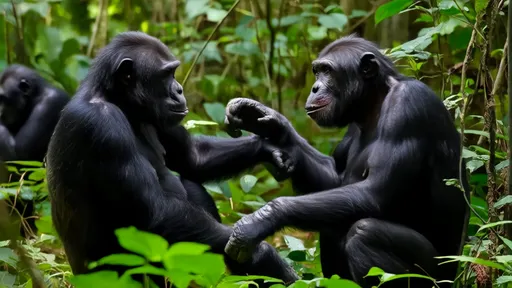
By /Aug 21, 2025
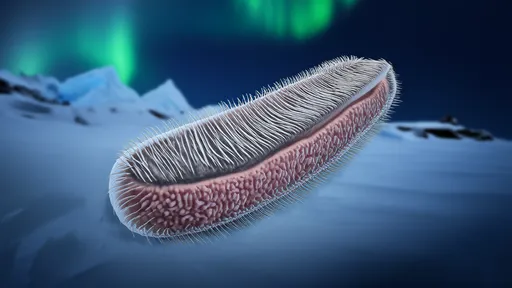
By /Aug 21, 2025
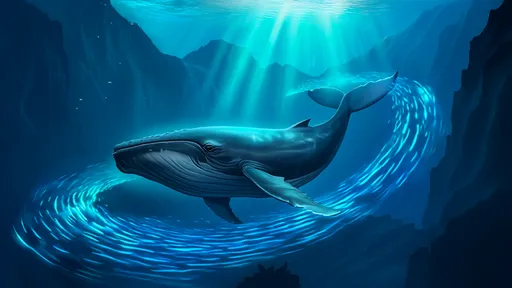
By /Aug 21, 2025
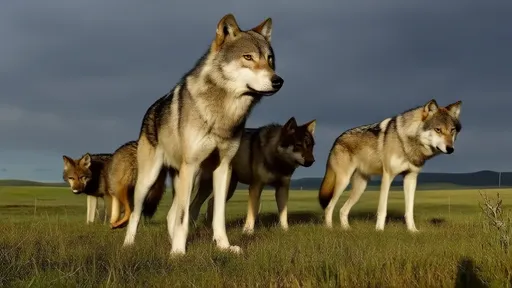
By /Aug 21, 2025
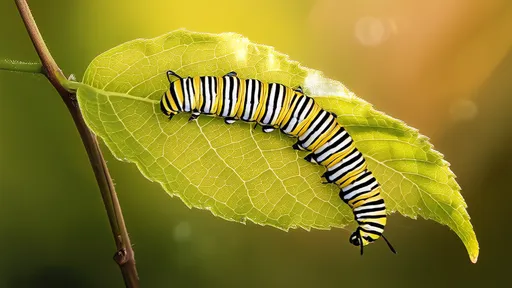
By /Aug 21, 2025

By /Aug 21, 2025
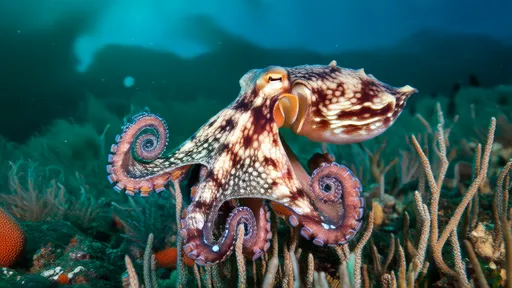
By /Aug 21, 2025
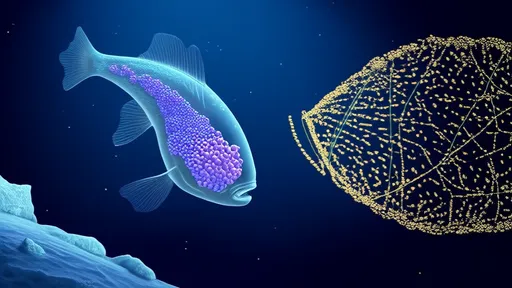
By /Aug 21, 2025
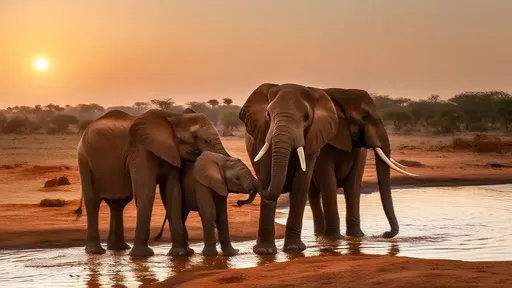
By /Aug 21, 2025
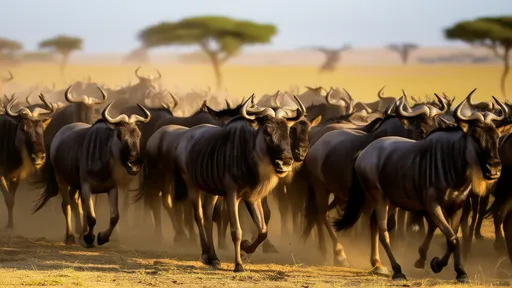
By /Aug 21, 2025
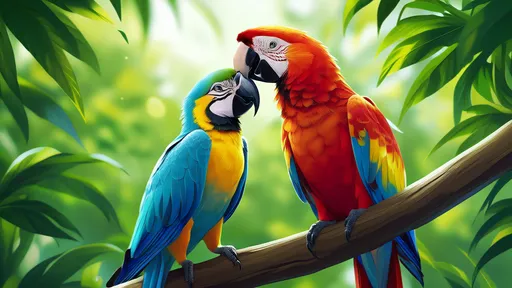
By /Aug 21, 2025
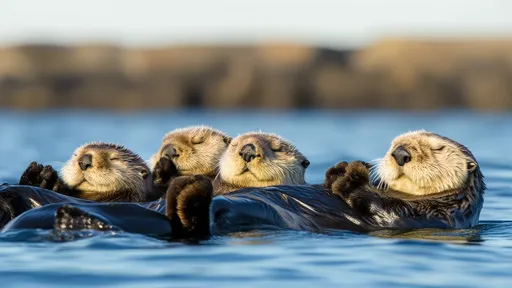
By /Aug 21, 2025

By /Aug 21, 2025
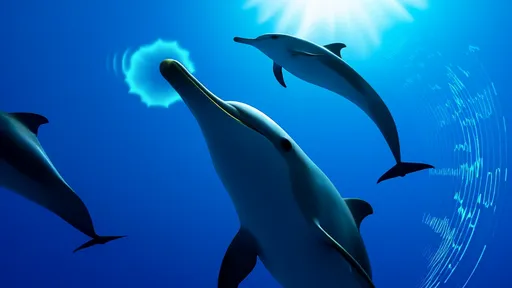
By /Aug 21, 2025
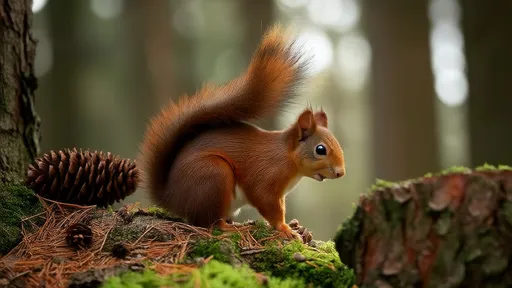
By /Aug 21, 2025
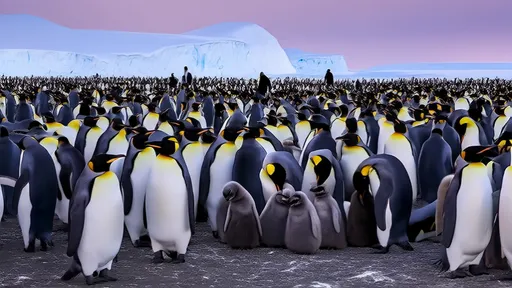
By /Aug 21, 2025
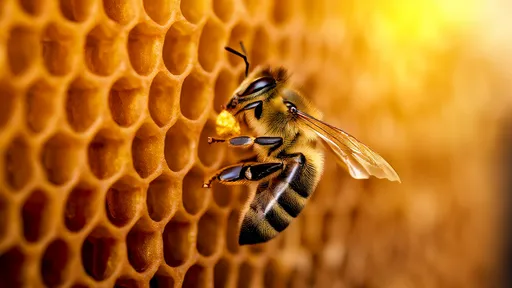
By /Aug 21, 2025
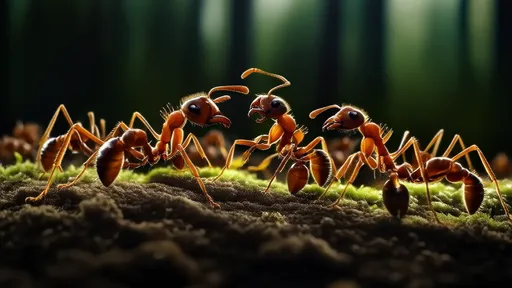
By /Aug 21, 2025
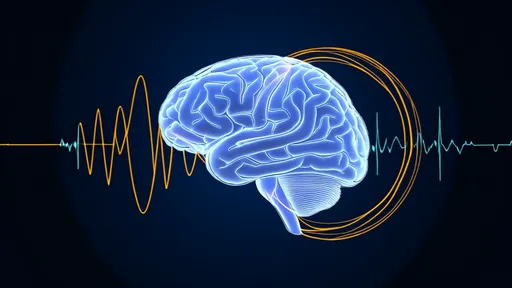
By /Aug 21, 2025